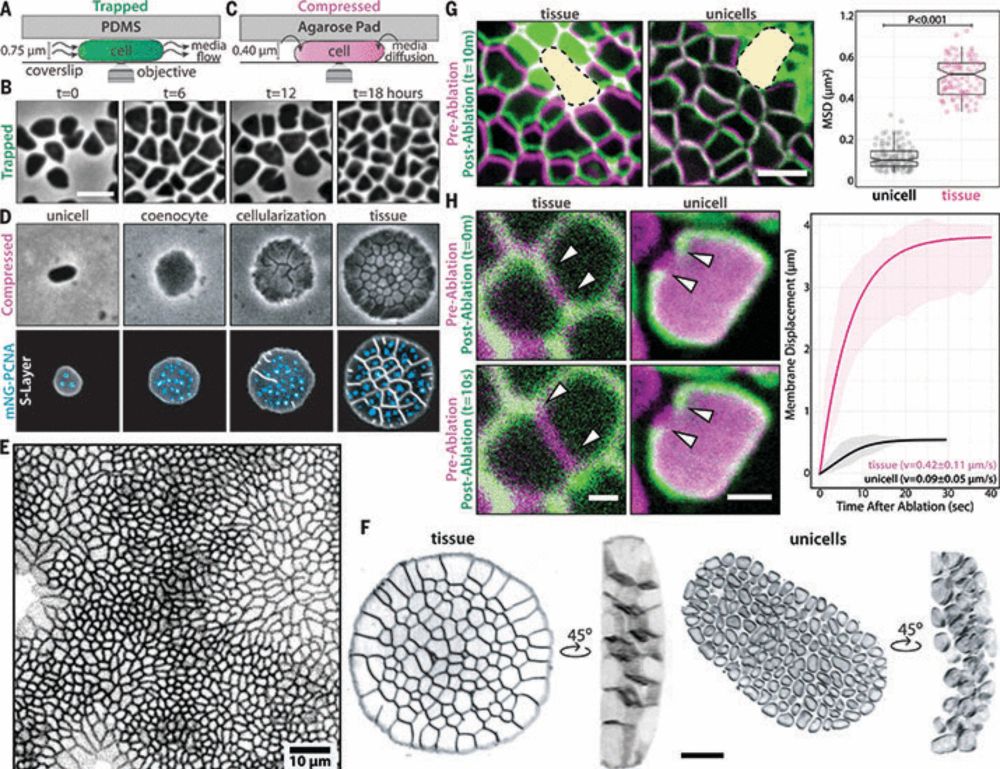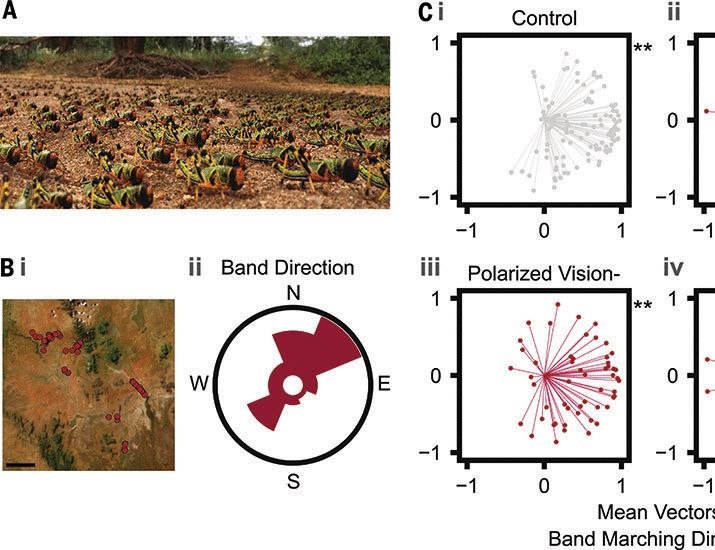
Princeton, NJ
www.pnas.org/doi/10.1073/...
Huge thanks to three reviewers altruistically improving our paper!
Below is the thread from the preprint.
www.pnas.org/doi/10.1073/...
Huge thanks to three reviewers altruistically improving our paper!
Below is the thread from the preprint.
www.biorxiv.org/content/10.1...
www.biorxiv.org/content/10.1...

New study by Zaferani et al. in
@natchemeng.nature.com
shows that branched MTs read boundaries — a leap from biology to engineering: nature.com/articles/s44...
My News & Views: rdcu.be/eEiaX
Congrats
@meisamzaferani.bsky.social
& team 👏

New study by Zaferani et al. in
@natchemeng.nature.com
shows that branched MTs read boundaries — a leap from biology to engineering: nature.com/articles/s44...
My News & Views: rdcu.be/eEiaX
Congrats
@meisamzaferani.bsky.social
& team 👏
www.nature.com/articles/s44...

www.nature.com/articles/s44...
➡️ www.nature.com/articles/s41...
Congrats to all authors from me and Anthony 🎉 @dunnschool.bsky.social Check out this animation made by talented PhD student @matthew-batisio.bsky.social 😆
➡️ www.nature.com/articles/s41...
Congrats to all authors from me and Anthony 🎉 @dunnschool.bsky.social Check out this animation made by talented PhD student @matthew-batisio.bsky.social 😆
https://go.nature.com/444lRhe

https://go.nature.com/444lRhe
This shows that mechanosensory signals can drive nociceptive responses, linking touch detection to pain responses.
buff.ly/XX2vmuw
This shows that mechanosensory signals can drive nociceptive responses, linking touch detection to pain responses.
buff.ly/XX2vmuw
www.pnas.org/doi/abs/10.1...
www.pnas.org/doi/abs/10.1...
www.science.org/doi/10.1126/...

www.science.org/doi/10.1126/...
doi.org/10.1101/2025...
Here, we describe how confined bacterial suspensions self-organize into structured domains of different motilities, in response to oxygen limitations🦠🍥
Bluetorial follows! [1/8]
doi.org/10.1101/2025...
Here, we describe how confined bacterial suspensions self-organize into structured domains of different motilities, in response to oxygen limitations🦠🍥
Bluetorial follows! [1/8]
@naturephysics.bsky.social: Cooperative hydrodynamics accompany multicellular-like colonial organization in the unicellular Stentor!
How do single-celled organisms benefit from teamwork? Let’s dive in! #Multicellularity nature.com/articles/s41...?
@naturephysics.bsky.social: Cooperative hydrodynamics accompany multicellular-like colonial organization in the unicellular Stentor!
How do single-celled organisms benefit from teamwork? Let’s dive in! #Multicellularity nature.com/articles/s41...?

doi.org/10.1073/pnas...
These abundant single-celled algae are responsible for a significant portion of the air we breathe yet often overlooked. Here we show how how diatom (raphe) shape impacts their gliding function... 1/3
doi.org/10.1073/pnas...
These abundant single-celled algae are responsible for a significant portion of the air we breathe yet often overlooked. Here we show how how diatom (raphe) shape impacts their gliding function... 1/3
www.pnas.org/doi/10.1073/...
www.pnas.org/doi/10.1073/...
We find that classical models of collective behavior fail to account for collective motion.
www.science.org/doi/10.1126/...

We find that classical models of collective behavior fail to account for collective motion.
www.science.org/doi/10.1126/...
Explore the latest in our new #ReproductiveHealth Special Issue.

Explore the latest in our new #ReproductiveHealth Special Issue.
The core of cilia and flagella twist to create the beating motion that enables motion of some types of single cell.
www.nature.com/articles/s41...

The core of cilia and flagella twist to create the beating motion that enables motion of some types of single cell.
www.nature.com/articles/s41...


Shows that regionalization of mRNA in a Stentor cell depends on dynein motors and the microtubule cytoskeleton
doi.org/10.1101/2023...

Microtubules will get organized in polar and active barriers, sorting the two motors in separated domains, leading to the emergence of a new type of patterns.
#morphogenesis
doi.org/10.1073/pnas...
(1/n)
Microtubules will get organized in polar and active barriers, sorting the two motors in separated domains, leading to the emergence of a new type of patterns.
#morphogenesis
doi.org/10.1073/pnas...
(1/n)

